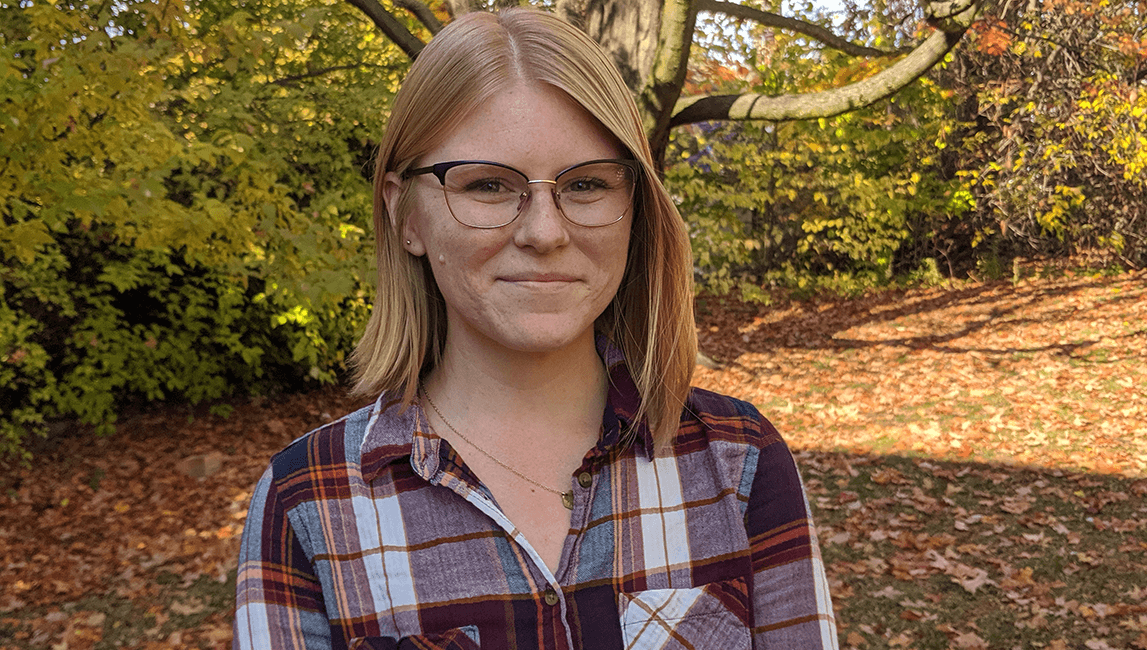The College of Arts and Sciences’ internship program has taken off over the past few years — a trend you can trace to the people behind it.
Seven-hundred students had for-credit internships last academic year, an almost 40% increase over the previous period.
“We've seen a lot of students just start understanding that internships are a great way to apply their skills that they're learning in courses,” said Sophia Trigg, experiential learning coordinator for the college. “And so now we have students who just contact us out of the blue and ask for internships.”
That hasn’t always been the case, Trigg said. And her work since coming to the college in October 2017 has been one force driving the growth.
After she arrived, then in a role with the Center for Research on Vermont, Trigg made a point to talk to faculty members across departments and gauge where they were with internship offerings for their students.
“It wasn’t something that a lot of departments had considered,” she said. Only a few had established internship programs at that time, such as the Department of History and the Department of Psychological Science.
Other departments, she said, “maybe just hadn't thought of it as something that they could offer major credit for.”
The outreach helped fuel interest and opportunities for students. Social media efforts in particular boosted the growth last year, when Trigg changed jobs to become the college-wide experiential learning coordinator.
“Before last year, we didn't really have a strong presence on social media,” she said. “CAS didn't really even have a strong presence … it's really taken off and there's been a ton of engagement.”
Advertisement of the internship program up until that point had mostly relied on newsletters, class visits and advisors.
Student interns help run social media platforms for departments through the Communities of Practice program — so in a way, Trigg said, interns themselves helped encourage more interns.
Which makes sense: “I think students really respond to other students talking about their stories,” Trigg said. “It’s really nice to sort of get that peer connection.”
The Covid-19 pandemic may have also helped increase the number of interns last year, she said. “Because everything was remote, it made things a bit more accessible, especially for students who didn't have transportation to go to an off-campus site,” said Trigg.
She could point to several recent graduates who went into careers related to their internships. One had majored in political science and history. “She had four or five internships (with us) and now works on Capitol Hill in D.C. for Congressman Jim Himes,” Trigg said. “Her entry-level job there was internship coordinator for the office, ironically, but now she's a staff assistant. That was a huge success.”
As the program continues to grow, Trigg would like to see new options for internships come to life, such as an art-based internship or more in the sciences.
She also hopes to gain more donor support for existing internship options. One program, the “Arts in Action” internship, offers a semester stay in New York City. The housing costs for the 16 participants have all been covered with the help of donations.
“I'd love to be able to get some more donor support, because something that's been really important to me is making internships available for students of all income levels and all backgrounds,” Trigg said.
“I'd love to do something similar for our Boston and D.C. programs and then, of course, grow the summer scholarship program so that we can get even more students funded,” she added.
